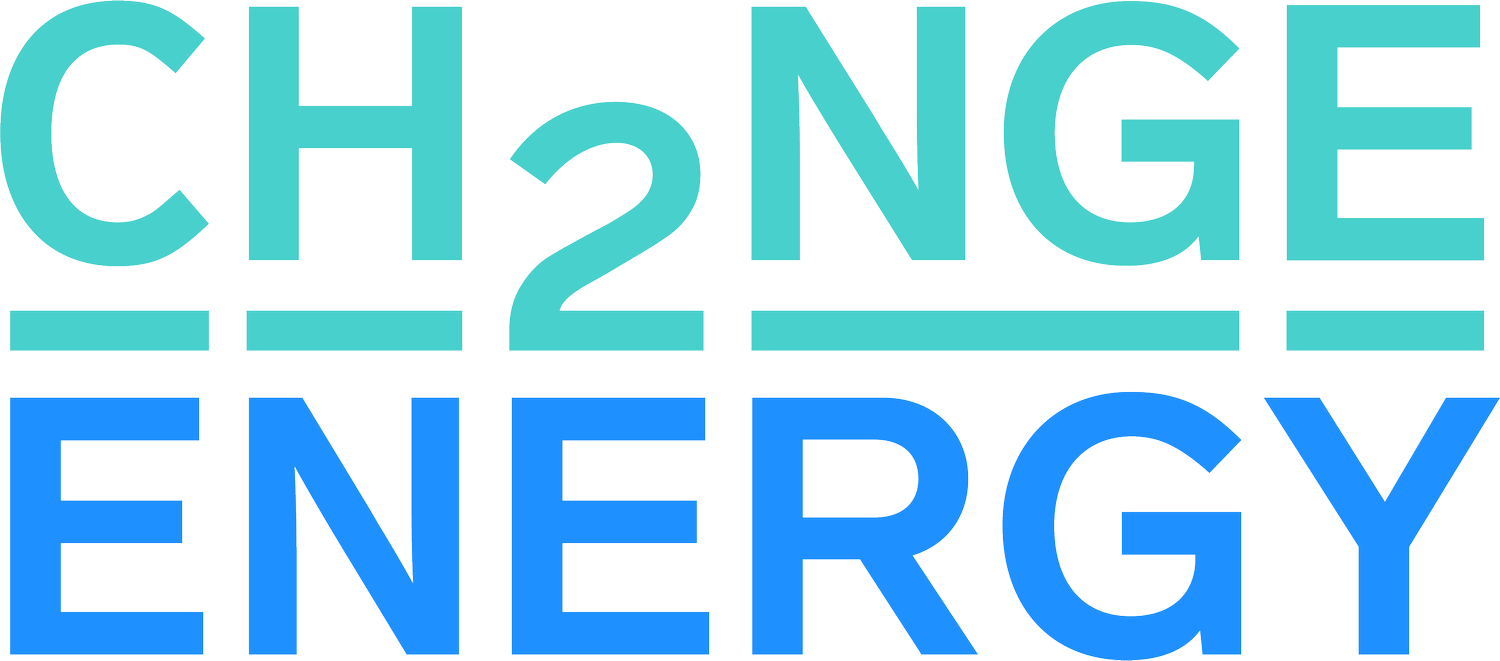Hydrail Railway Transition in Canada: Technological, Operational, Economical, and Societal (TOES) Barriers and Opportunities
Prepared for: Transport Canada
This report presents an assessment of the technological, operational, economical and societal barriers and opportunities of transitioning Canada’s railway sector from the current diesel-dominant energy system to a future state that is principally powered by hydrogen – informally referenced as “hydrail.” The purpose of this study is to inform industry stakeholders of the scale of such an undertaking, and to provide an analytical basis on which to evaluate its feasibility. To frame the assessment, a hypothetical transition model was constructed, consisting of a period of initial prototyping and testing of hydrail systems from present day to 2030, followed by a period of aggressive deployment to 2050. Such a transition was estimated to require approximately C$32B in capital expenditures and achieve a cumulative reduction in greenhouse gas emissions of 78 Mt over the 2030-2050 period.
The study team assembled by Change Energy Services included industry-leading consultants Peter Eggleton, P.Eng. of Telligence Group, and Michael Iden, PE of Tier 5 Locomotive LLC.

